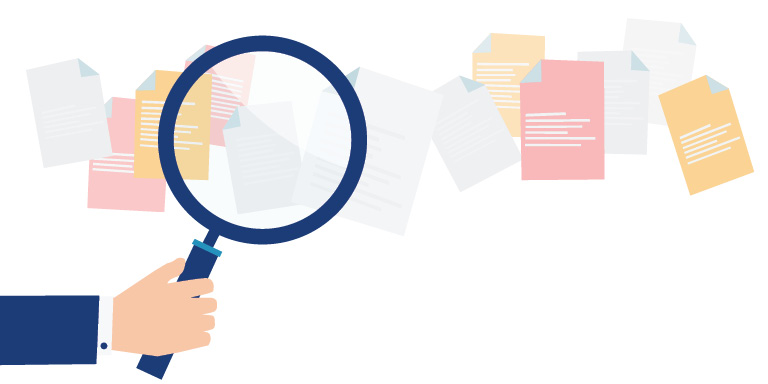Fighting Fraud Together
Stopping fraud takes all of us
 How can I best protect my agency? What vulnerabilities am I missing? Members tell me that these are the questions that “keep them up at night.” Fighting fraud is now a priority across our member
How can I best protect my agency? What vulnerabilities am I missing? Members tell me that these are the questions that “keep them up at night.” Fighting fraud is now a priority across our member
agencies. Regardless of what service you deliver or where you are in North America, the never-ending, ever-expanding attacks on the process and products of motor vehicle agencies are a battle we are all fighting. Thankfully for AAMVA members, we can fight together. The newest in cyber-based fraud involves bad actors exploiting the expansion of online service delivery. To combat this trend, AAMVA created a working group to help members navigate the new frontier. This group will support members in understanding the 21st century world of digital fraud.
The increase in fraudsters using illegally obtained personal information to acquire authentic credentials is troubling. They can use these credentials to conduct other criminal activities, from fraud including vehicle transactions and non-government business-like financial scams, to more serious offenses such as human trafficking. In fact, the most vulnerable citizens are increasingly falling victim, with exploitative scams targeting these individuals. The scam may even encourage individuals to enter personal details on websites built to mimic a DMV website.
The good news is that it’s not a hopeless battle. New technology that can leverage increased online identity vetting, incorporate biometrics and engage responsible use of artificial intelligence are available for members today. Meanwhile, time-tested, widely available anti-fraud tools remain critical in the fight to protect our customers. The AAMVA community has spent decades investing in standards, training, technology and verification platforms that must work cohesively to create the strongest defense possible to prevent, detect and mitigate against fraud.
This issue of MOVE highlights the importance of identifying new trends in fraud while simultaneously seeking new ways to leverage available tools like Driver License Data Verification (DLDV) and the National Motor Vehicle Title Information System (NMVTIS). For example, one promising expanded DLDV use case provides members a new way to support a key stakeholder, the motor vehicle dealer community. The relationship between a DMV and motor vehicle dealers is about more than regulation and oversight. Dealers are primary business users of the agency’s transactional services, particularly registration and titling. DMVs can introduce DLDV to their dealer partners as a fraud-fighting and safety-enhancing tool. Dealers are reporting increasing cases of fraud and theft perpetuated with counterfeit licenses. These cases range from individuals fraudulently purchasing vehicles to using test drives to access and steal cars. There have even been tragic instances where these test drives involved violent crimes. A dealer-initiated DLDV check prior to test drives and vehicle sales could better screen for counterfeit credentials and increase key stakeholder confidence that prospective clients are who they say they are.
Similarly, motor vehicle dealers can use NMVTIS reports not only to avoid selling used vehicles that shouldn’t be on our roads, but also to ensure customers receive vehicles with a clean title. Some states are already working with their used car dealer community to encourage the pass through of NMVTIS reports as part of the used car purchase process. The more we welcome dealers intent on protecting customers into our community with tools like the NMVTIS report, the harder it becomes for dishonest dealers to succeed in moving stolen, flooded or junked vehicles.
No matter your role in the AAMVA community, I hope as you read through this issue of MOVE, you consider how you can join us in raising awareness of these critical tools. Using them and encouraging others to do so are the best ways to protect our agencies and our communities from fraudulent attacks.




